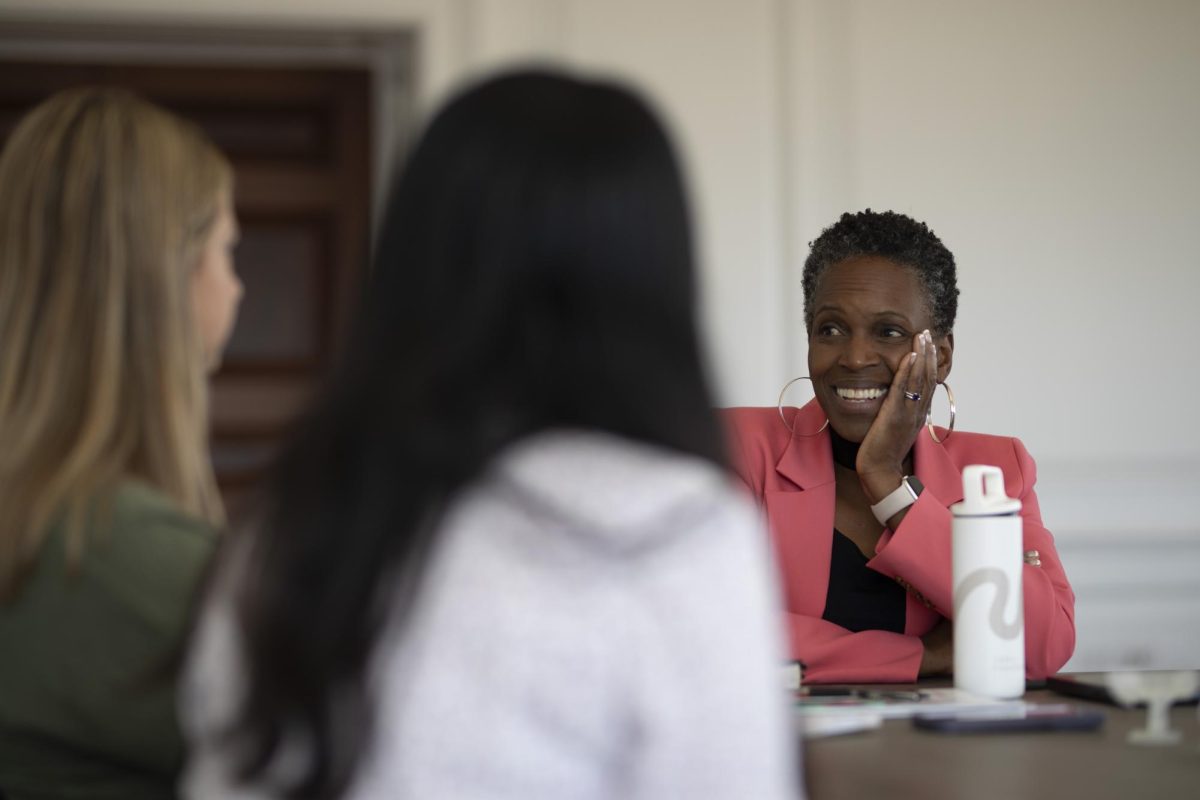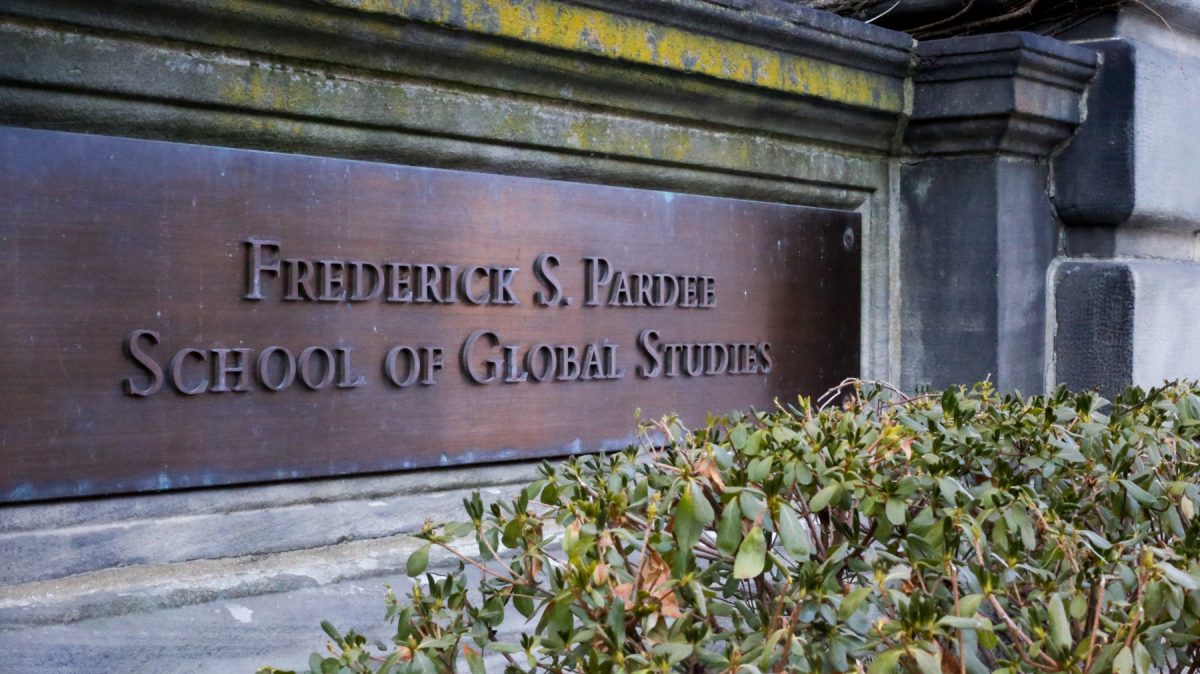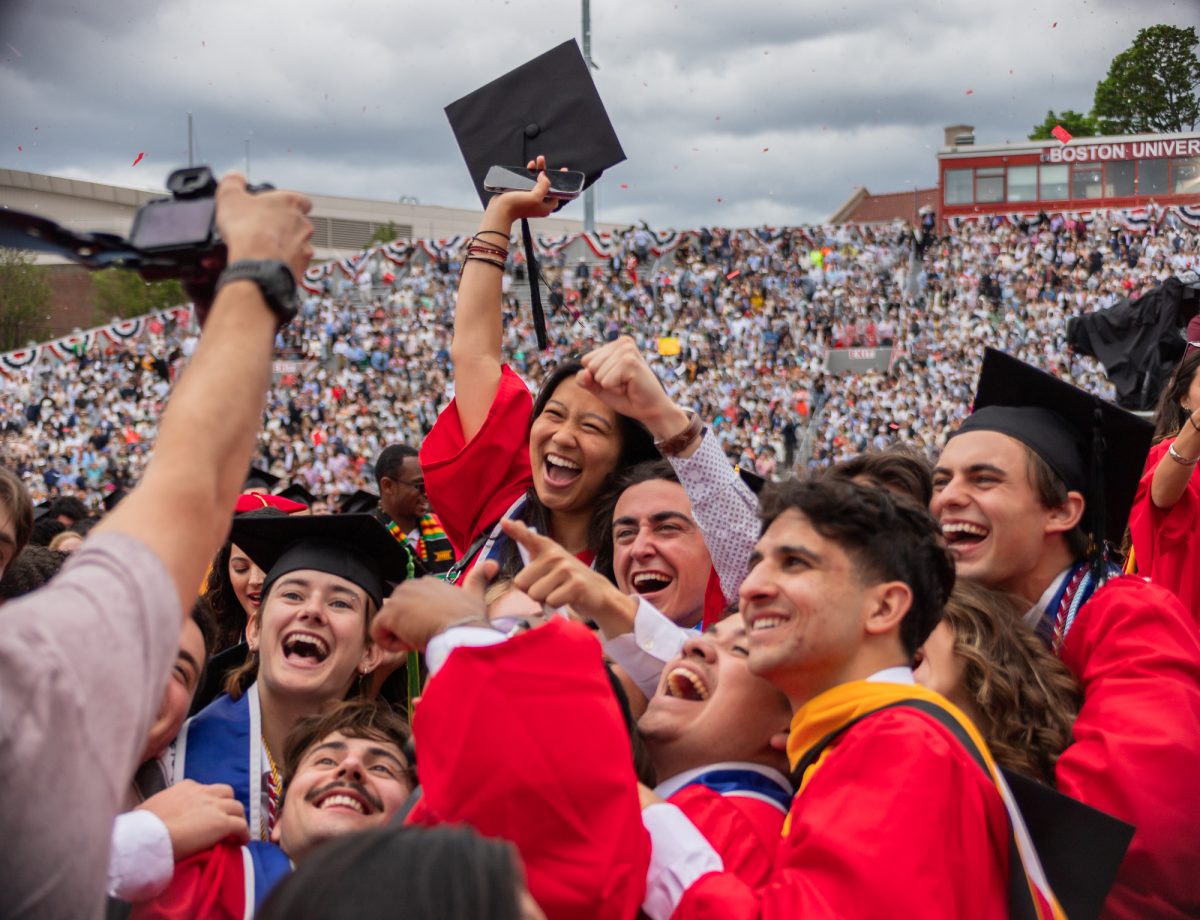Since the Class of 2006 arrived at Boston University, expansive construction projects have transformed the landscape of BU’s urban campus. Graduating students and administrators said these changes have given the campus for a wholeness and have shifted focus back toward student life.
The Class of 2006 saw the completion of the luxurious Hotel Commonwealth in Kenmore Square in 2002, a project intended to help to revitalize Kenmore Square at the east end of campus.
A new university-owned apartment building was completed in the summer of 2004 at 580 Commonwealth Ave., across the street from the School of Management building.
On Cummington Street, the university built the $80 million-plus Life Sciences and Engineering Building on the site of the old Nickelodeon Theater. The high-tech laboratory, complete in 2005, has since become a focal point for a variety of science exploration, especially for biomedical engineering.
The Florence ‘ Chafetz House became the new home to Hillel in spring 2005, after the Jewish-life organization moved from its aging facility adjacent to the BU Castle. The $12 million building boasts marble floors, numerous meeting rooms, sanctuaries and a JP Licks ice-cream bar.
The Burger King next to Sargent College was demolished in January 2006 and the site was paved over. It has since become a popular site for wiffle ball and chalk art, though administrators have indicated the lot will likely be the site of an academic building.
The George Sherman Union building was the site of constant renovation over the last four years, including changes to the Union Court and an extensive expansion of the basement facilities, which now include the Howard Thurman Center for cultural activities and BU Central, an intimate lounge and venue where local bands and BU performers take the stage.
The centerpiece of the university’s Master Plan, the Student Village, which officially opened at the start of the 2005-2006 school-year, includes a colossal student residence at 10 Buick Street equipped with air-conditioning, floor-to-ceiling windows and sweeping views of the Charles River.
The 6,200-seat Harry Agganis Arena, completed in January 2005, is home to the men’s hockey and basketball teams, as well as numerous big-name concerts throughout the year. Less than one hundred feet away stands another structure worth its weight in gold.
The Fitness and Recreation Center, completed in the spring of 2005 and commonly known as FitRec, is a nearly 270,000-square-foot complex, and includes an Olympic-size swimming pool, 18,000 square-foot cardio and weights area, basketball, squash and racquetball courts, a one-eighth mile elevated track and a 35-foot climbing wall. The Track and Tennis Center, located at 100 Ashford Street, also opened in the fall of 2002.
In the past 30 years, the campus has expanded from about 50 acres with five million square-feet of building space to 132 acres, encompassing almost 14 million square-feet. Since 2003 alone, the university has completed or started $650 million worth of building projects. All of this construction, especially the Student Village, has kept all students in mind, despite a shift of focus to West Campus, BU spokesman Colin Riley said.
“[The construction] has actually re-oriented where students spend a lot of their time now,” he said.
Riley said the Student Village has given BU students more on-campus options for recreation, contributing to a greater sense of community.
“There’s been sort of a constant upgrading, improvement and new facility additions during the time of this particular class,” he continued, “which is probably the largest class we’ve probably had ever.”
Riley stressed that all of the construction, which students lament as a hassle, is part of a focused plan for the future of BU on the part of the administration.
“It’s definitely part of a clear vision that the administration has had to continue to build within the framework of what we have for our campus,” he said, “and to continue to provide quality facilities, both academic and academic support, which is housing and recreation facilities.”
Riley said the Student Village filled a crucial gap between West Campus and the rest of the university.
Graduating students, who have witnessed the transformation of the campus, said that although the university is in flux, the changes have benefited the student body enormously.
College of Arts and Sciences senior Solange Hai, who bemoaned the lack of large spaces on campus for student activities, nonetheless said the student body has benefited from the changes to the universities as well as to its administration.
“I don’t think [the sense of community on campus] only has to do with the buildings,” she said. “I think it has to do with the new administration that BU has been hiring since Dean [of Students Kenneth] Elmore has been working here … It’s not only in the construction of new buildings, because there are also ways to make new buildings and not have it feel any more like a community. So I think both go hand in hand.”
CAS senior Andrew Maroney said everything the university has done has contributed to a greater sense of a college atmosphere on Commonwealth Avenue.
“If there’s no atmosphere, this is no college campus,” he said.



















































































































